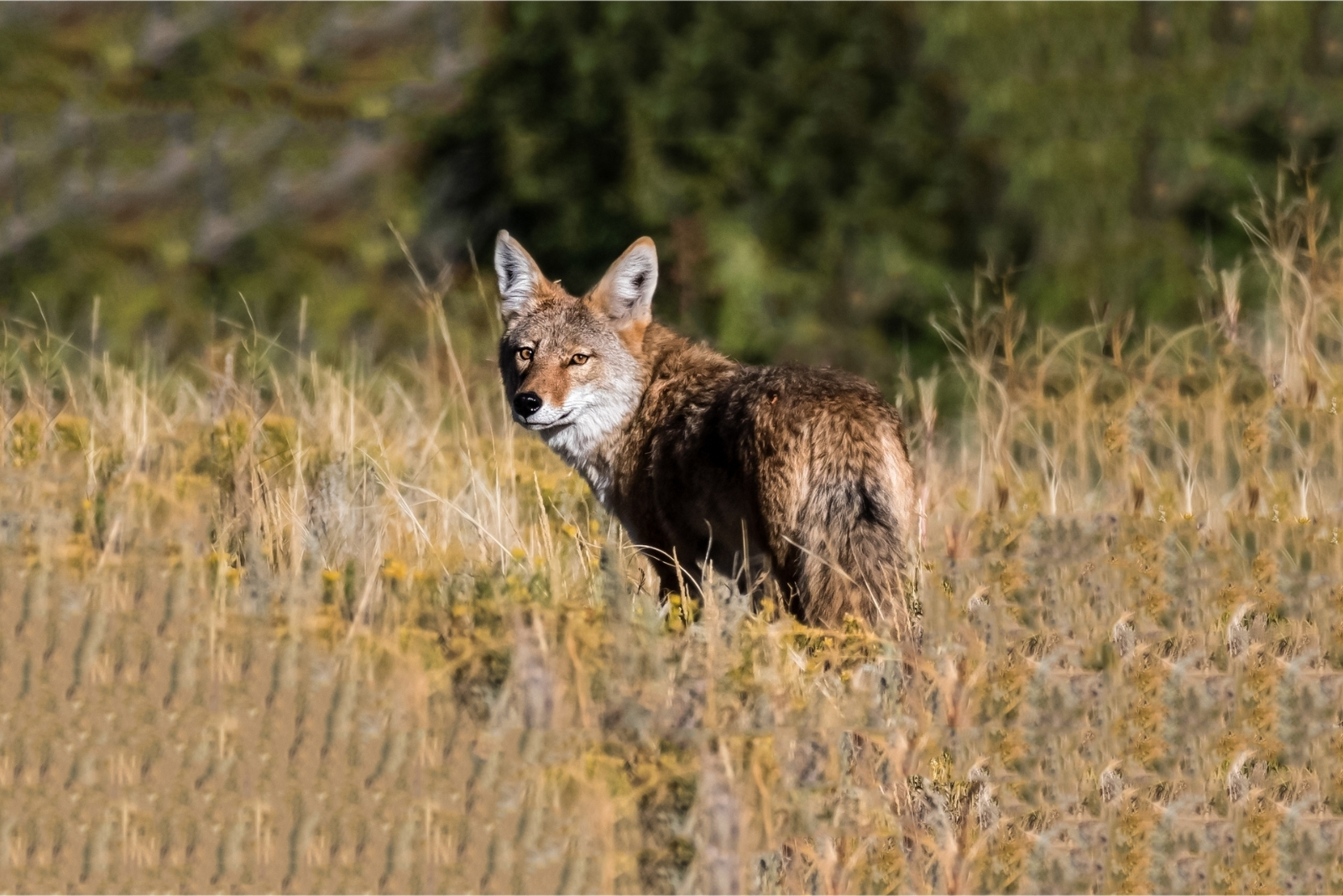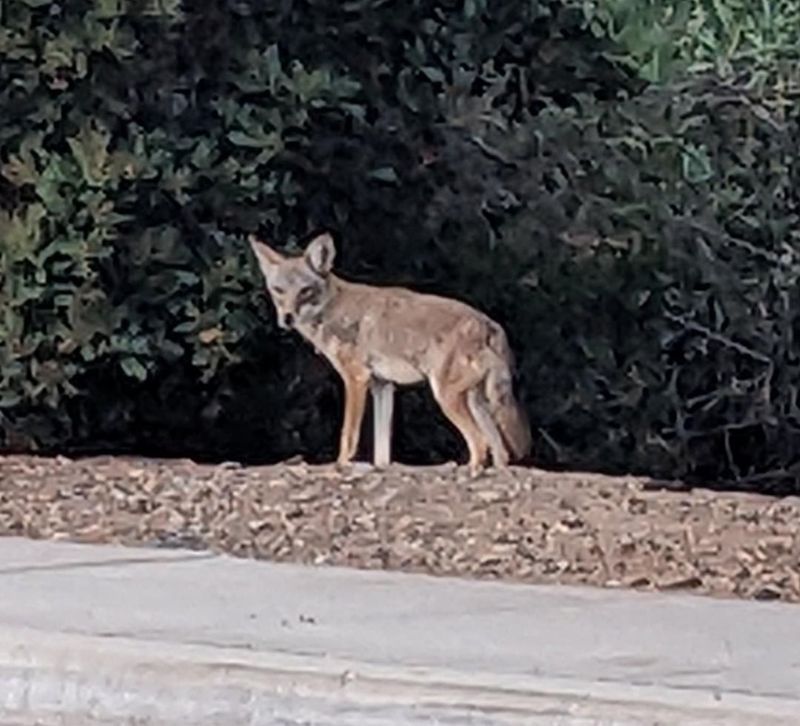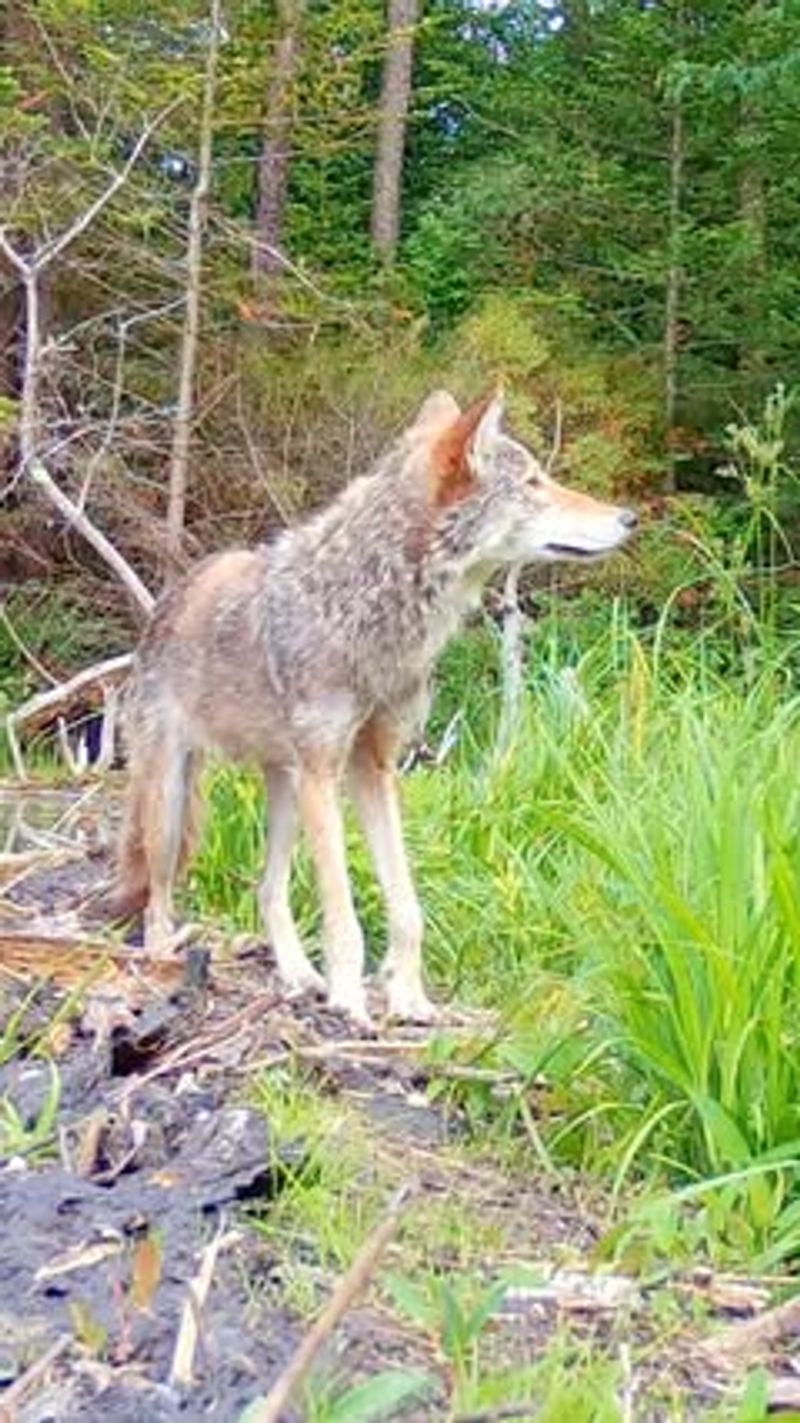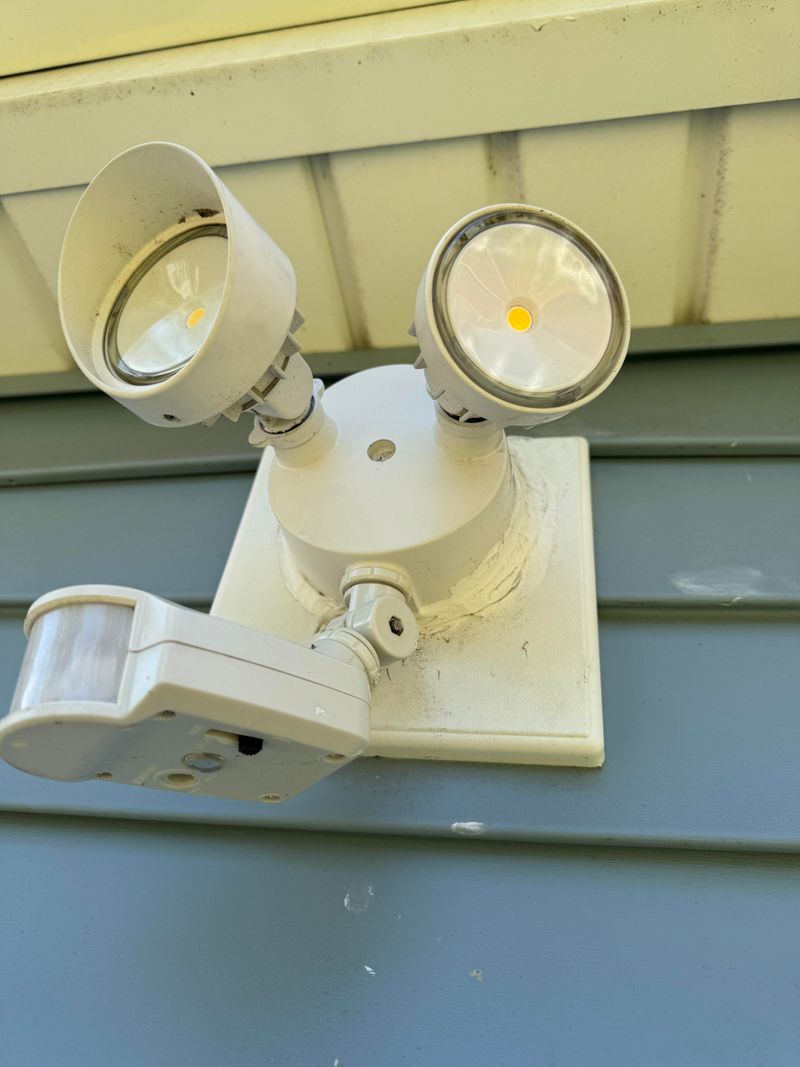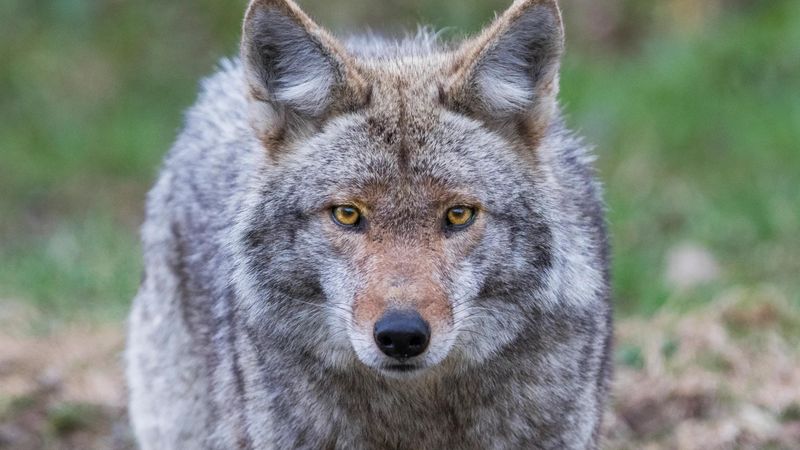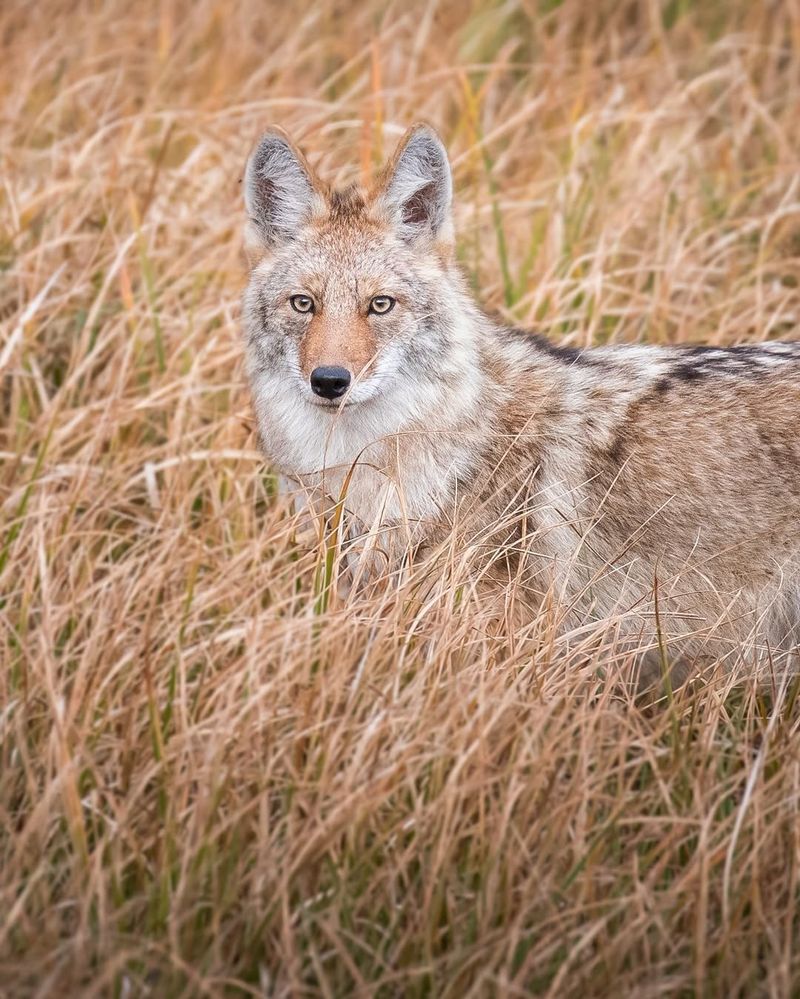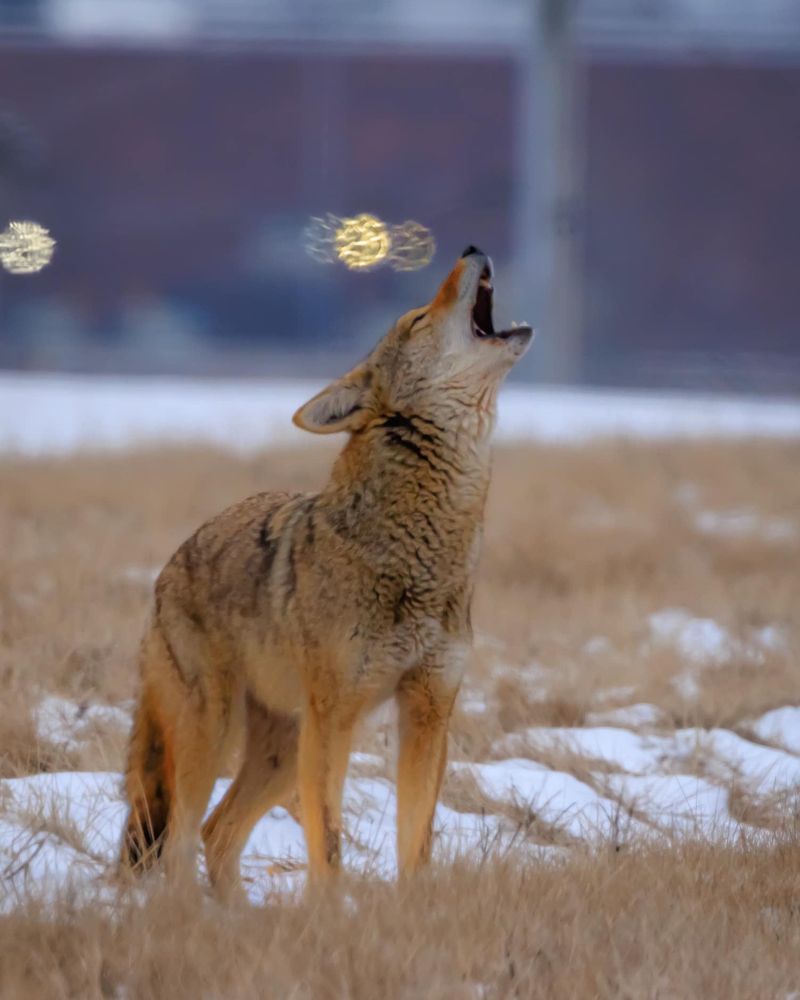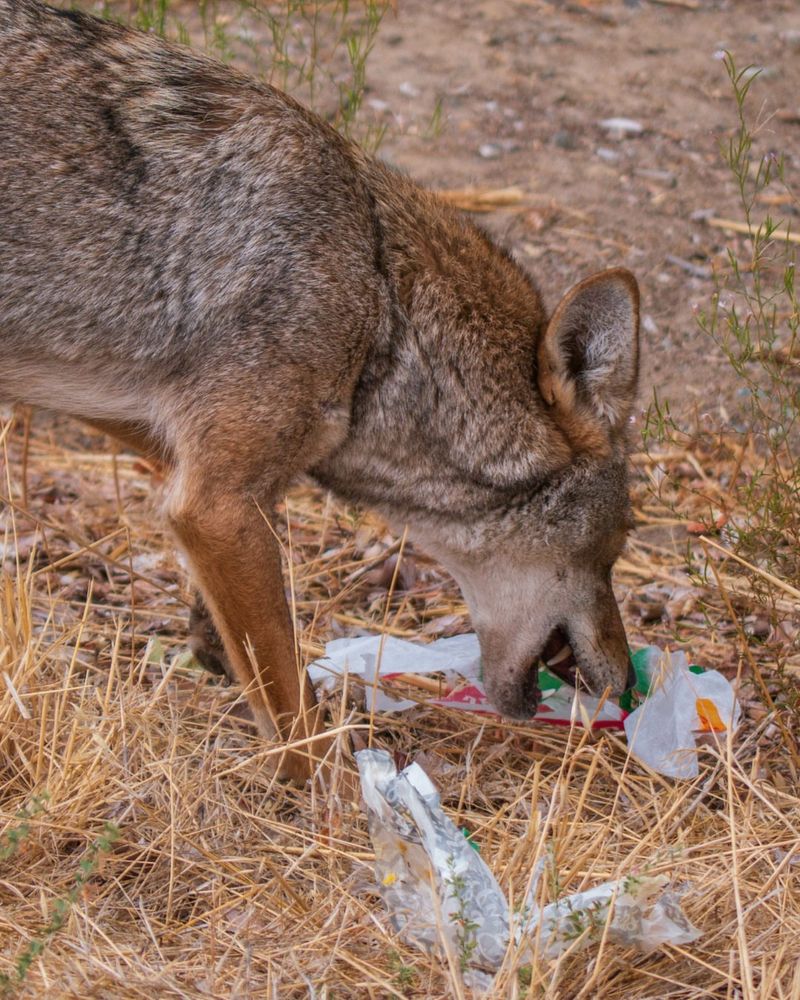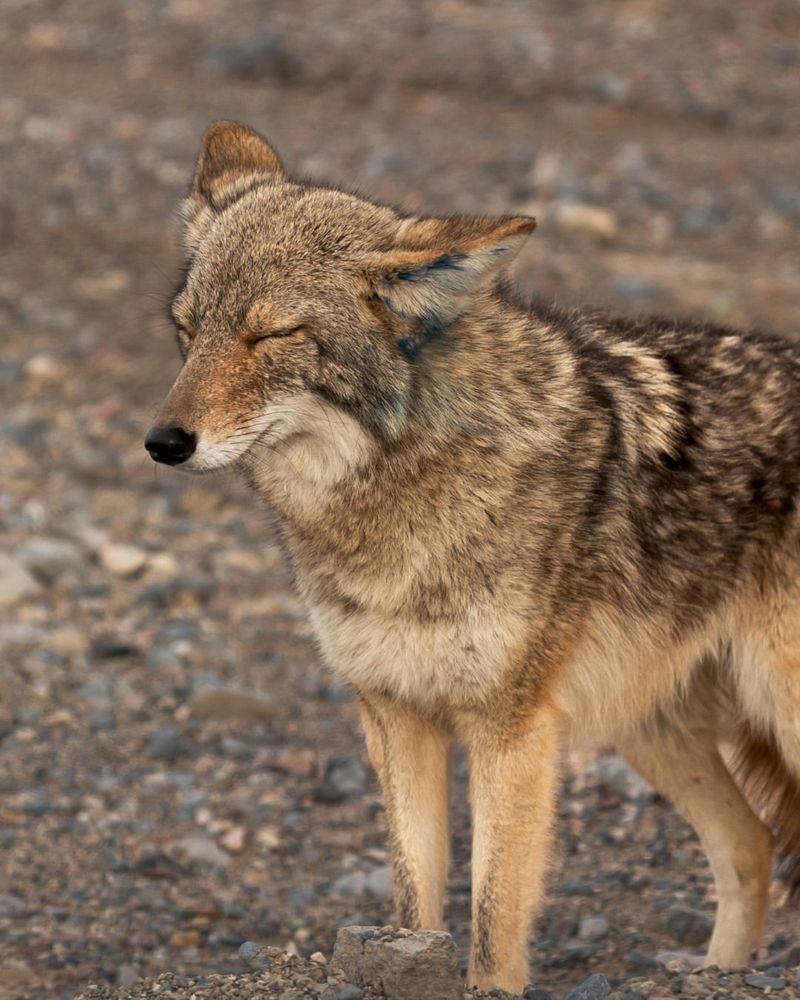Coyotes are part of Alaska’s wild charm, but they can cause problems for gardeners. Knowing how to respond keeps both your yard and wildlife safe.
These 5 steps help you handle visits wisely, while the 3 to skip can prevent trouble. Keep your Alaska garden peaceful without upsetting the balance.
1. Make Noise to Scare Them Away
Grab a pot and pan or blow a whistle when you spot a coyote lounging in your Alaska yard. These natural wanderers dislike loud, unexpected sounds and will typically retreat to quieter surroundings.
Many Alaskans keep air horns handy during spring and summer when coyote sightings increase. Remember, the goal isn’t to harm them—just to make your property feel unwelcoming.
2. Remove Food Sources
Coyotes visit Alaskan properties searching for easy meals. Secure garbage cans with locking lids and bring pet food indoors at night. Clean up fallen fruit from trees and consider fencing gardens.
Bird feeders attract squirrels which, in turn, attract hungry coyotes across the Alaska wilderness. A coyote-proof yard is simply one without accessible snacks!
3. Install Motion-Activated Lights
Sudden brightness startles coyotes and removes their cover of darkness. Throughout Alaska’s communities, motion-activated lights have proven effective at keeping curious predators moving along rather than settling in.
Solar-powered options work well during Alaska’s bright summer months. Position lights to illuminate entry points to your yard where coyotes might slip in, especially areas near wooded edges.
4. Maintain Yard Visibility
Trim tall grass and remove brush piles where coyotes might hide or den. Clear visibility makes your Alaska property less appealing to these secretive animals who prefer coverage when hunting or resting.
Many Fairbanks residents have found that maintaining a 6-foot clearing around play areas adds an extra layer of protection. Coyotes are naturally cautious and avoid open spaces where they feel exposed.
5. Report Unusual Behavior
Contact Alaska Department of Fish and Game if you notice coyotes that appear sick, injured, or unusually bold. Normal coyotes fear humans and quickly retreat, while those showing aggression may need professional intervention.
Wildlife officials across Alaska’s communities track coyote populations and behaviors. Your reports help them identify potential problems before they escalate into dangerous situations for residents or pets.
6. Don’t Run Away
Running triggers a coyote’s chase instinct—exactly what you don’t want! Instead, Alaska wildlife experts recommend standing tall, maintaining eye contact, and backing away slowly if you encounter a coyote up close.
Anchorage residents who’ve faced surprise coyote meetings confirm this technique works. Remember, coyotes are opportunistic hunters but rarely view adult humans as prey unless they’ve lost their natural wariness.
7. Don’t Feed Them
Intentionally feeding coyotes destroys their natural fear of humans and creates dangerous dependency. Even indirect feeding, like leaving pet food outside, teaches these intelligent animals that your Alaska property means easy meals.
Juneau wildlife officers report that most problematic coyote encounters stem from food conditioning. Once a coyote associates people with food, reversing this behavior becomes nearly impossible, often ending badly for the animal.
8. Don’t Try to Trap Them Yourself
Amateur trapping attempts often lead to injured animals or accidental captures of pets or non-target wildlife. Alaska has specific regulations about wildlife handling that require proper permits and training.
Professional wildlife managers throughout Alaska’s Kenai Peninsula use specialized equipment and techniques when relocation is necessary. Leave trapping to certified professionals who understand coyote behavior and state wildlife laws.

